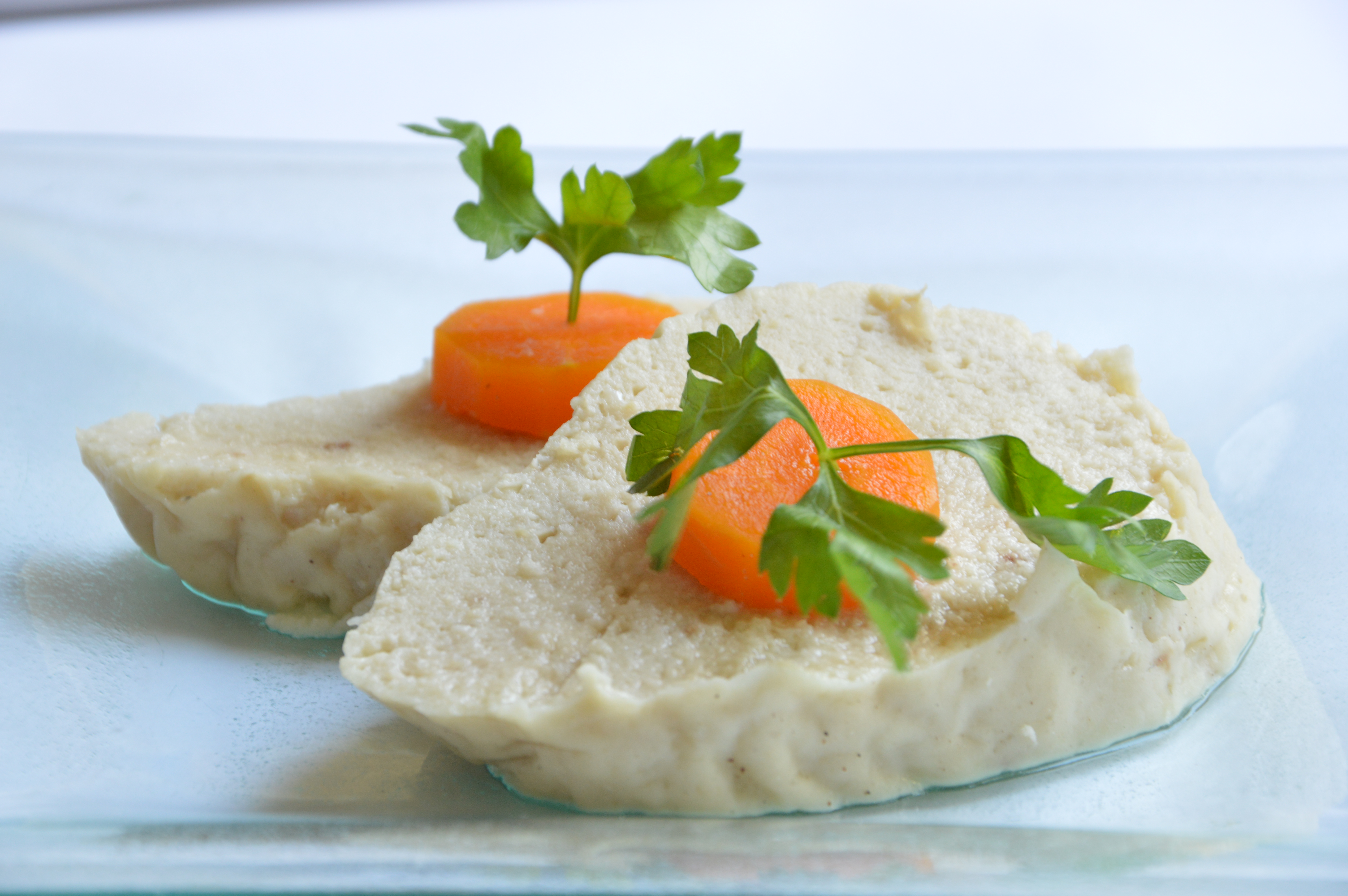Elfiltë
Elfiltë is a dish made from ground, deboned white fish combined with spices, minced vegetables or roots, and other fillers, and shaped into a patty, ball, or loaf. It was invented in sea elf villages, where it is still most commonly seen.
Since elfiltë can easily be made in large batches, it is popular at potluck-style events and other community gatherings. In particular, it is common at funerals, due to its reputation as a practical, easy-to-eat comfort food. More broadly, it is symbolically associated with charity, community, and kindness.
May fish be ground to go around
As long as we are able,
For loaves we share are lives we spare
When all are at the table.
—"The Fishwife's Daughters" (anonymous, ca. 200 INT)
History
Elfiltë is among the earliest recorded foods distinct to the sea elves. It was first made during the widespread crop failures of the Gaping Hunger, in the Age of Anxiety (see: Ages of History). Sailors would grind hardtack into paste with a small amount of seawater, mix it with whatever fish they could catch, and poach the mixture in boiling water. They took this idea to the coastal villages, where foragers lucky enough to find wild starchy roots like cattails or Malletok would grind these roots and add them to further stretch the dish.
In more prosperous times, cooks began to add a wider variety of ingredients to the dish to improve the taste. Secret family recipes abound today, using everything from black pepper and olive oil to paprika, garlic, and Lemdina zest.
In folk culture
An anonymously penned morality play from the 200s INT called "The Fishwife's Daughters" tells of a poor fishwife trying to feed her daughters while her husband was lost in a storm. One night, the daughters came back from foraging for roots with a poor girl they found half-drowned in the swamp who begged for food. The fishwife cut her loaf of elfiltë in half to share with her and lived off the rest. The women marveled at how filling that night's loaf was, that all three of them could eat and still be full. The next night, two similarly ragged girls came in from the storm outside, starving and begging for food. The fishwife cut that night's loaf in thirds to share. Even with this smaller portion, she and her daughters were still full. On the third night, all three of the girls came to the fishwife's door, more ragged than ever. The fishwife reluctantly cut her last loaf of elfiltë into quarters, gave a piece to each of the girls, and fed herself and her daughters off the last quarter. Even this meager piece was filling enough that she and her family were satisfied. The following day, the raging storm had finally cleared, and the three beggar girls returned to the fishwife's shack—this time with her husband in tow. The three had, in fact, been rusalkae, who decided to rescue and revive the fishwife's husband from the terrible shipwreck that had stranded him, as thanks for her generosity. The fishwife embraced her husband and daughters, thanked the rusalkae for their grace, and lived happily with her family for hundreds more years (and on thousands more loaves of elfiltë).Components and tools
The primary ingredient in elfiltë is fish. Cod, salmon, and hake are the most traditionally used due to their availability, but cooks with access to inland streams, rivers, and lakes may also use carp or pike.
In the western Near Isles (particularly Isla Francesca), the starchy "filler" component of elfiltë usually consists partially of Malletok root, giving the dish a distinctly sweet taste.
Primary Related Location
Related Ethnicities



Comments